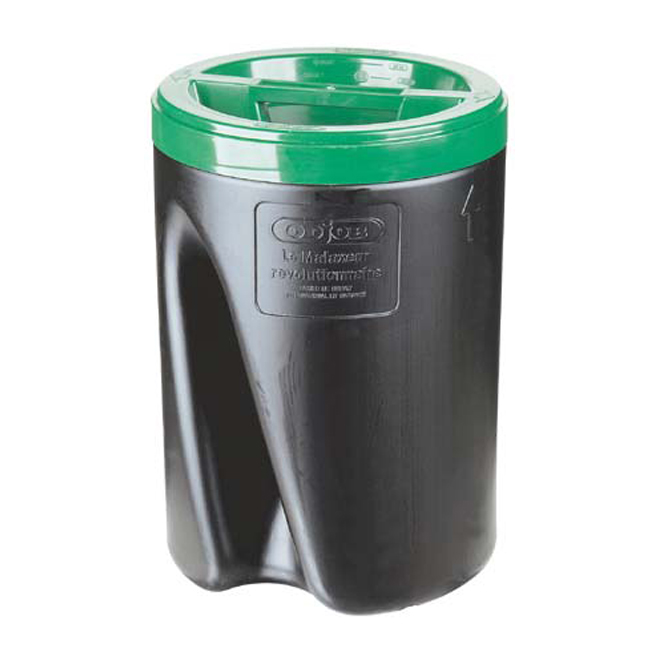Even if you don't use them as a nursery container you can never have too many. They're great for storing amendments that insects like: kelp meal, seed meals, fish amendments, etc. and for storing mineral mixes you might want to mix in larger amounts to make things easier.
That's where the Odjob Cement Mixer comes in - about $25.00 and you just load the stuff into this, screw on the top and roll it around the floor with your foot - just push it away from you. Holds about 1 c.f. and keeps the dust down quite a bit - not perfect but a great deal.

That's where the Odjob Cement Mixer comes in - about $25.00 and you just load the stuff into this, screw on the top and roll it around the floor with your foot - just push it away from you. Holds about 1 c.f. and keeps the dust down quite a bit - not perfect but a great deal.




